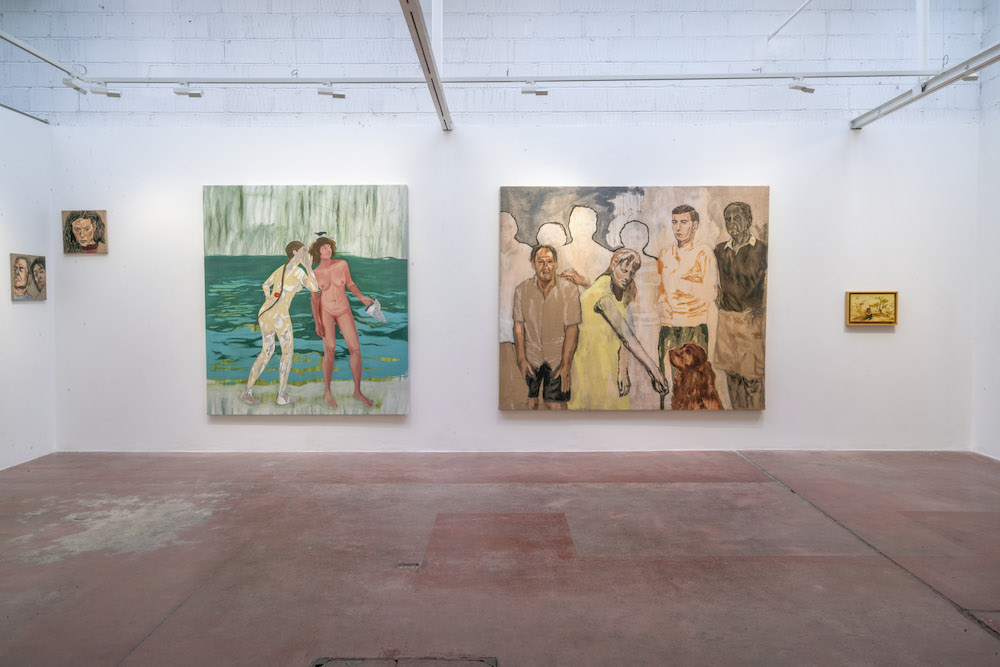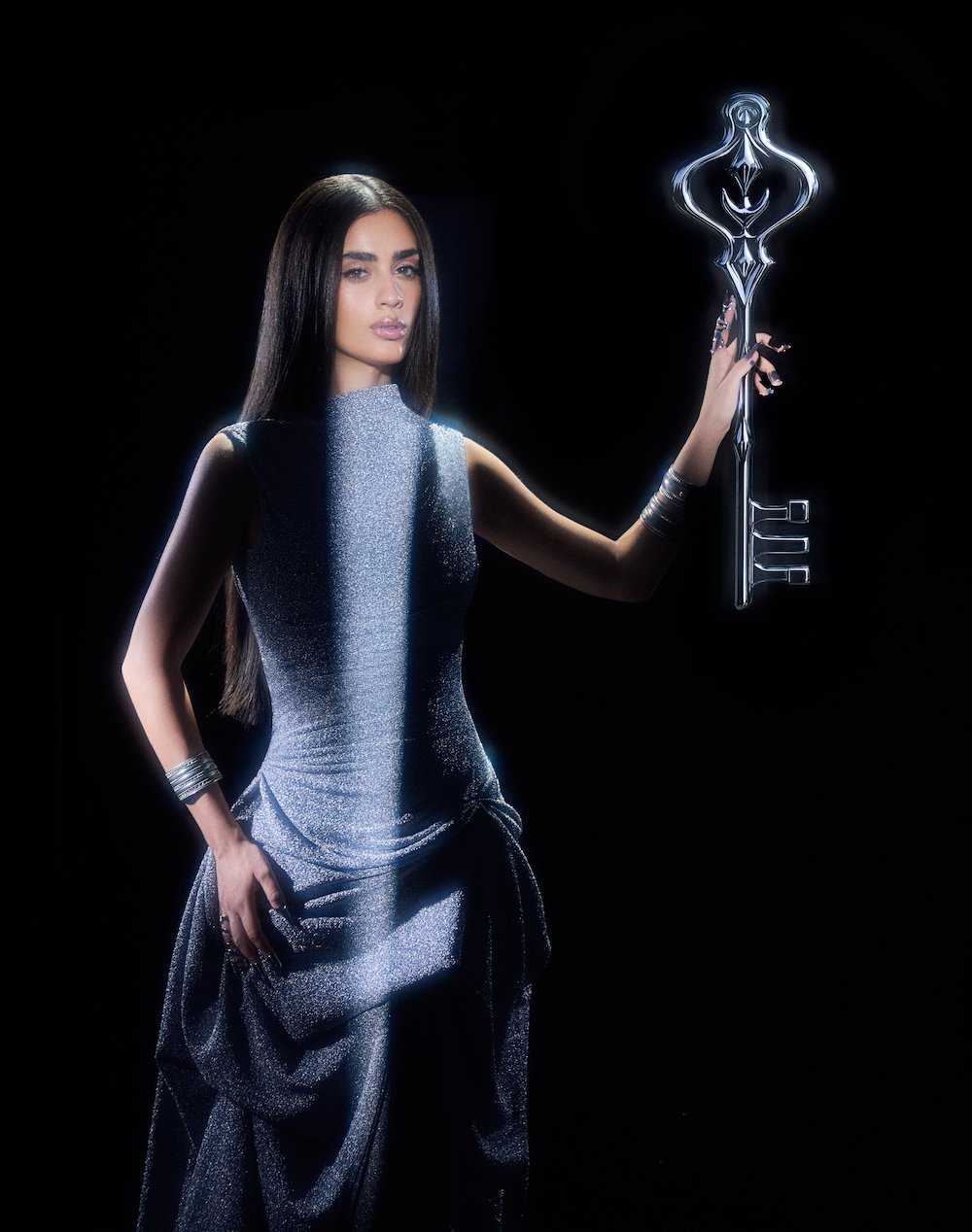At a time when everything is designed to be seen quickly, Thomas Dillon asks us to slow down. His first solo exhibition in the Middle East, The Raw and the Cooked, presented at Opera Gallery Dubai, strips painting down to its essence—motion, tension, and presence.
Borrowing its title from Claude Lévi-Strauss’s The Raw and the Cooked, the show explores the space between instinct and refinement, where color meets resistance and surface becomes story.
In this conversation with JDEED Magazine, Dillon—self-taught, shaped by early stints in music and writing—speaks about silence as a medium, painting as confrontation, and why ambiguity might be the most honest thing left.
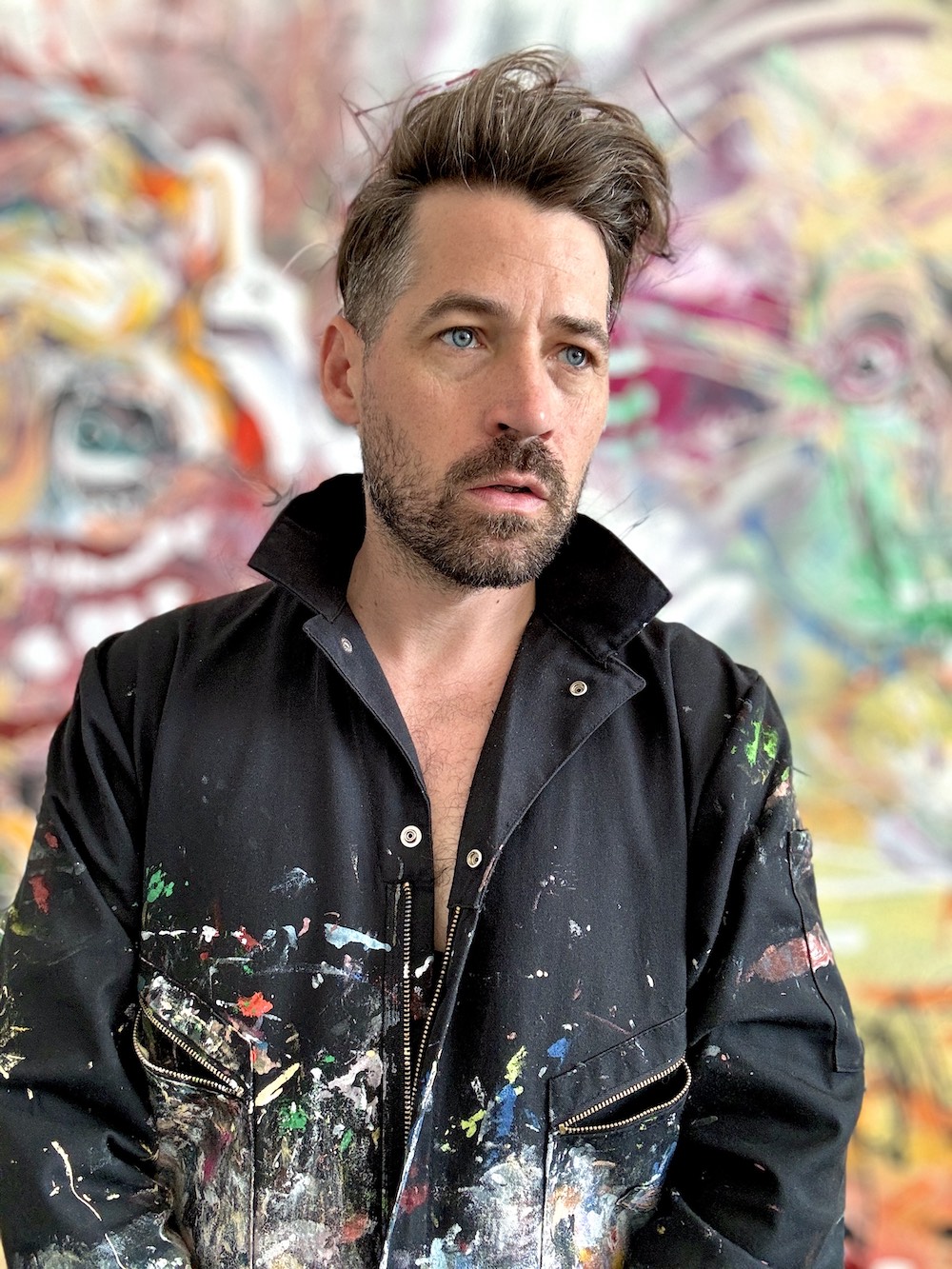
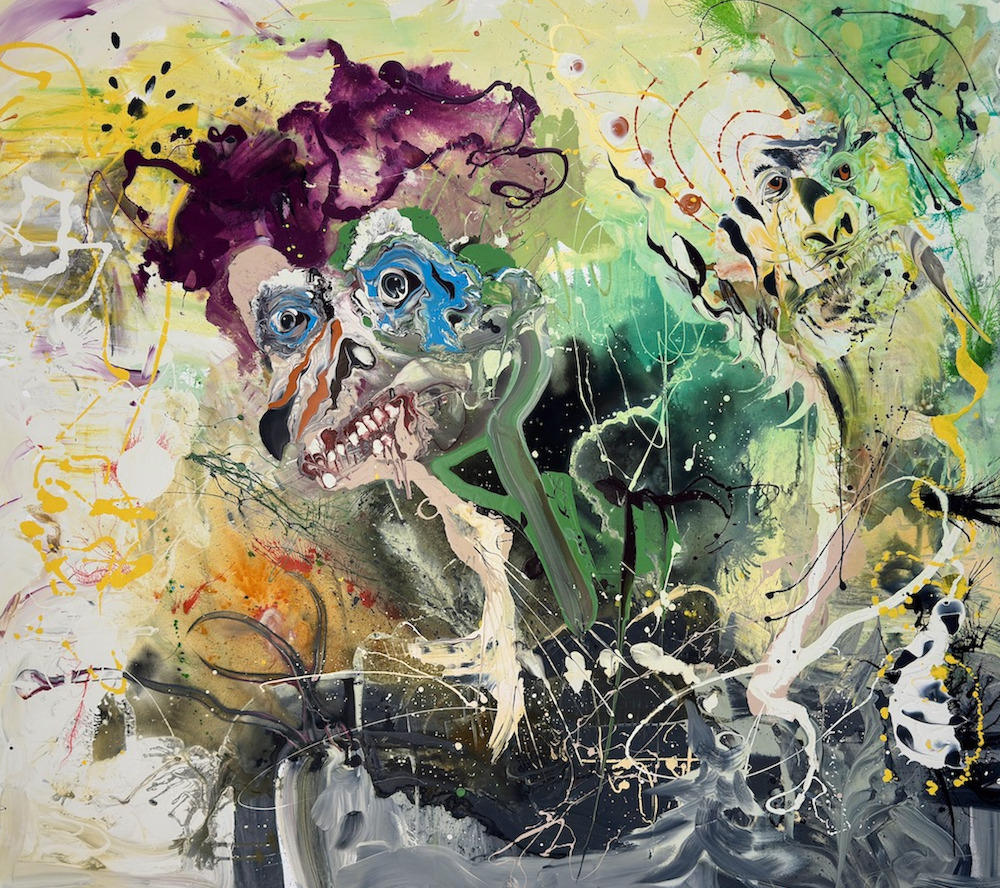
You came through music and writing before painting. How do rhythm and language shape your studio rituals—what you listen to, how you title works, the way a painting finds its cadence—and when do you know the title is the one?
The studio and work process is one of silence. As much as I love music, I have removed it from the painting process because the music can gradually shape a piece by speeding up, slowing, or altering my rhythm. Through trial and error, I’ve realized that silence keeps me most connected through the work and I make more decisive marks.
Titling the work is usually done after time has passed and I return attention to the work after I’ve removed myself from the painting process. The title is not meant to be the final authority of the meaning of the work, it’s merely what impression the work gives me. I believe the viewer’s interpretation of the work is as, or more, valid than mine.
You've said that painting survives by being "big, physical, unresolved, and immediate—something to be confronted directly, like a bear in the forest." Could you tell us more about this? What emotions do you want the viewer to feel whenviewing your paintings? And how did Opera Gallery’s space shape your hangs?
Painting still matters because it has a body. The rest of our creative outputs are being scaled down and simulated digitally. Painting occupies space and demands to been countered physically. You have to stand in front of it and let it work on you. That scale and immediacy create a kind of confrontation, something primal and undeniable. I want the viewer to feel that sense of presence, of being met by something alive and unresolved.
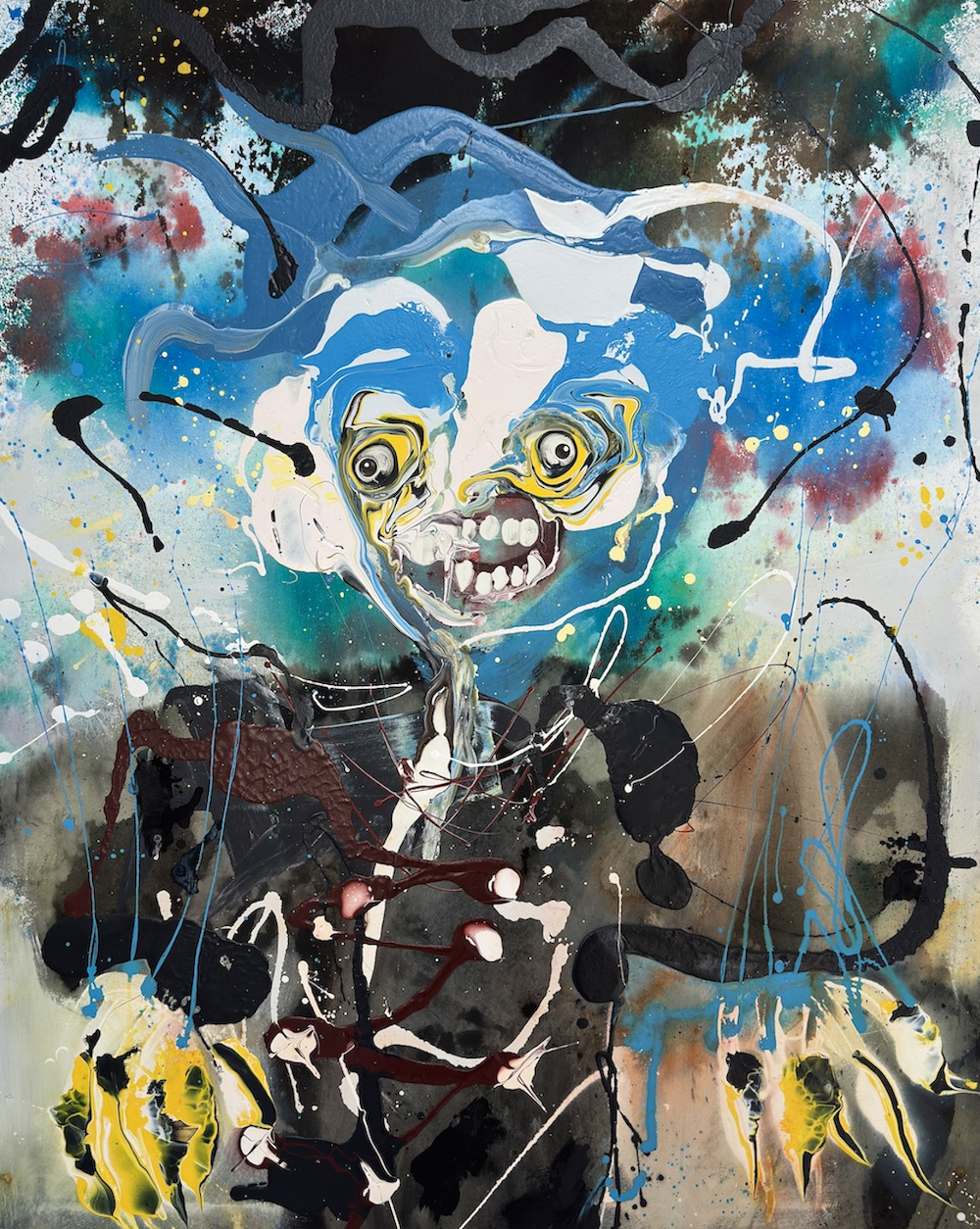
The press notes describe surfaces that “oscillate between immediacy and construction,” moving through stages where some passages remain raw while others crystallize. Can you walk us through one canvas from first mark to that moment you stop—what tells you a surface is “alive” enough to leave it be?
My process is about creating distance between my hand and the painting. That distance lets the marks come from movement and instinct rather than control or precision. I do not preplan my paintings; they emerge on their own terms. When my hand does touch the surface, it is through blunt, physical gestures meant to activate the painting rather than refine it. The rest of the work happens in response to what appears. A painting feels alive when it resists me, when it feels spontaneous and self emergent.
You’re self-taught, with roots in music and writing. Where do rhythm and syntax show up in your decisions—tempo of brushwork, rests/silences on the canvas, the way color phrases stack like chords?
I think of painting as a physical act first and try to remove intellect and consciousness from the process. So any of my music or writing impulses come through organically through the paintings. Painting does feel similar to songwriting. Each work contains its own mood and meaning. They are closed loops but share similarities to every other object that I created before and after it.
This is your first solo in the Middle East. What did you want to say to a Dubai audience specifically—one that lives at high speed and high clarity through screens—about the value of ambiguity and of taking time in front of a painting?
The objective of the work is to connect with the emotional aspect of humanity, to create universal feelings that are not bound to any one culture. During my time in Dubai, I felt people genuinely resonated with the paintings, which is all I can really hope for as an artist.
Cover art: Dog Star, 2025, Acrylic, ink and dye on canvas, 86 x 120 in | 218.4 x 304.8 cm
Discover more about Thomas Dillon, here

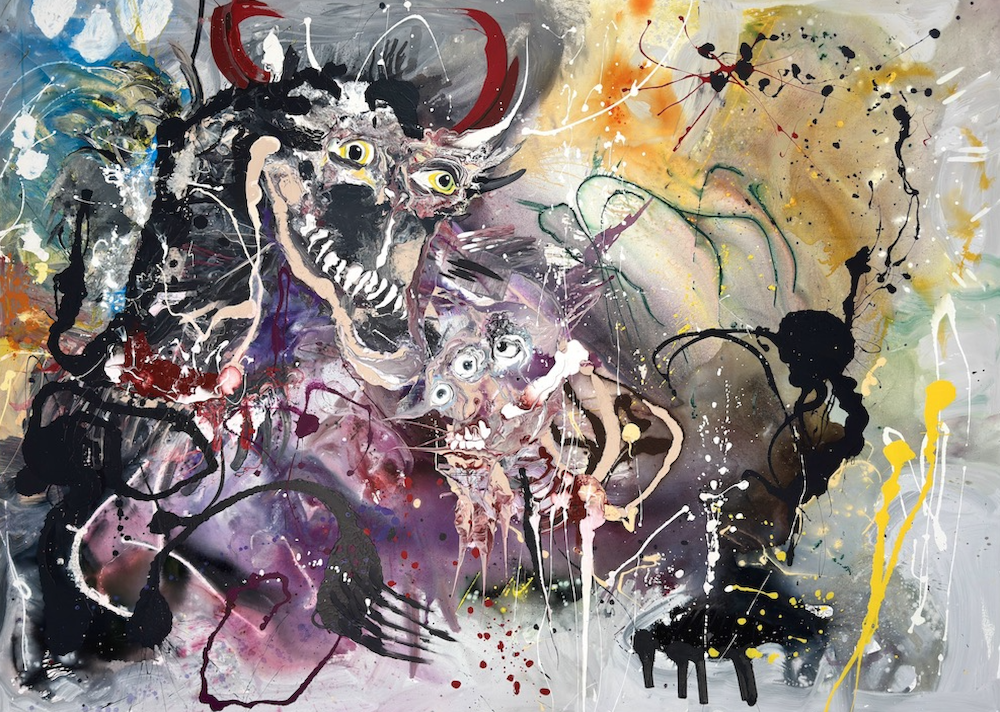
.jpg)

